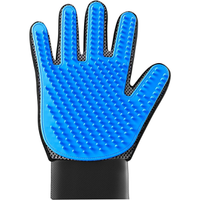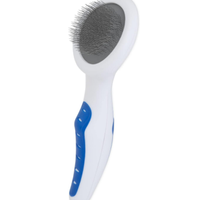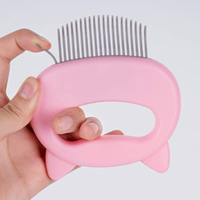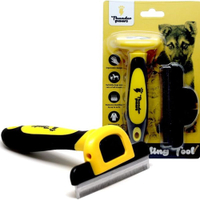A vet's guide to grooming long-haired cats
Our experienced vet shares her top tips for brushing long-haired cats
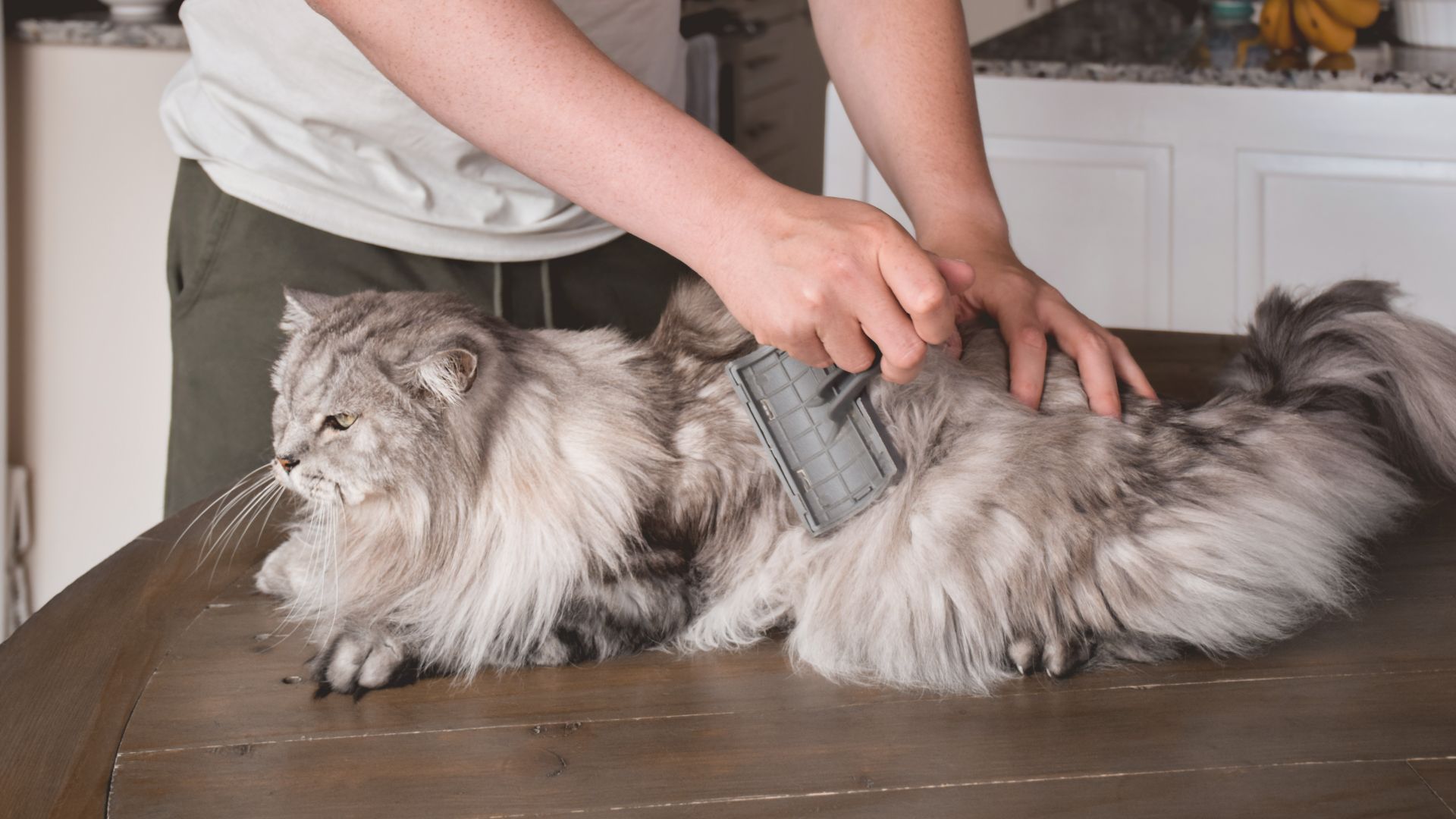
Though cats are natural experts at looking after themselves, grooming long-haired cats is essential to keep your feline friend tangle-free and reduce those dreaded hairballs! Regular brushing with one of the best cat brushes can also help improve skin and coat health and even enhance the special bond between you and your cat.
But with so many grooming tools on the market, it can be difficult to know which types of cat brush are best. I’m a vet and in this article I’ll discuss the benefits of a regular grooming routine, which tools to use, and answer all of your frequently asked questions when it comes to grooming long-haired cats.
Do you have to groom long-haired cats?
Yes. Even though healthy adult cats can spend up to 50% of their day grooming themselves, they still benefit from regular brushing. Brushing helps to remove dirt, loose hair, skin flakes (dandruff) and also stimulates blood flow to the skin. It can even help with skin and coat health by spreading natural oils throughout your cat’s coat.
Long-haired cats, in particular, are also more likely to develop tangled or matted fur, which can be painful and makes cleaning themselves difficult. Brushing can even help reduce hairballs by removing loose hair before your cat can swallow it.
Grooming is also an opportunity to strengthen your bond with your cat and check them regularly for visible health problems such as parasites (fleas, ticks), wounds, lumps and bumps. Understanding what’s normal for your cat means you’re more likely to pick up problems early and seek veterinary attention if something isn’t quite right.
How often should you brush a long-haired cat?
Though short-haired cats may only need brushing 1-2 times a week, it’s best to brush long-haired cat breeds daily to help avoid matting and tangled fur. Take particular care to reach under the armpits, behind the ears, and the back of the hindlegs, as these areas tend to knot easily and are easy to miss.
Making grooming a positive experience is best for both you and your cat and will help strengthen your unique bond. Cats enjoy routine, so try brushing them at the same time every day if you can. You might choose to brush your cat before breakfast so they have their meal as a reward afterwards, or offer their favorite treat at the end of the session.
If your cat hates being brushed, start slowly and gently in areas they like to be stroked or scratched, like under the chin. Stop and reward your cat before they show any signs of stress or discomfort. Once your cat is comfortable you can slowly increase the time spent brushing and move on to the rest of the body. If you have trouble brushing your cat, your veterinary team will be happy to help and provide advice.
We’ve also got advice about grooming aggressive cats – and some more general cat brushing tips.
Kennels & Kats Pet Grooming Glove Set | Amazon
These comfy grooming gloves have 260 silicone bristles to help smooth and distribute oils through your kitty’s coat.
What type of cat brush for long-haired cats?
There are several types of cat brushes you can use for grooming long-haired cats, including:
- Slicker brush: Brush with thin, curved metal hooks for removing loose fur and dirt while detangling.
- Pet comb: Metal comb for detangling knotted or tangled fur. Look for one with wider spacing between the teeth, as this usually works better on longer fur.
- De-shedding brush: These brushes help prevent matting and reduce shedding by removing loose fur from the undercoat.
- Pin brush: A classic pet brush that works well on all coats to remove knots and tangles, while gently massaging and stimulating the skin.
It can be helpful to trial a few different types to find which brushes work best for your cat. Many long-haired cat owners will use a combination of brushes and combs.
JW GripSoft Cat Slicker Brush | Amazon
This brush has a soft-grip, ergonomic handle perfect for brushing long-haired cats.
Ameliade Cat Dematting Comb | Amazon
This safe and durable design helps you tease tangles out of your kitty’s coat with ease.
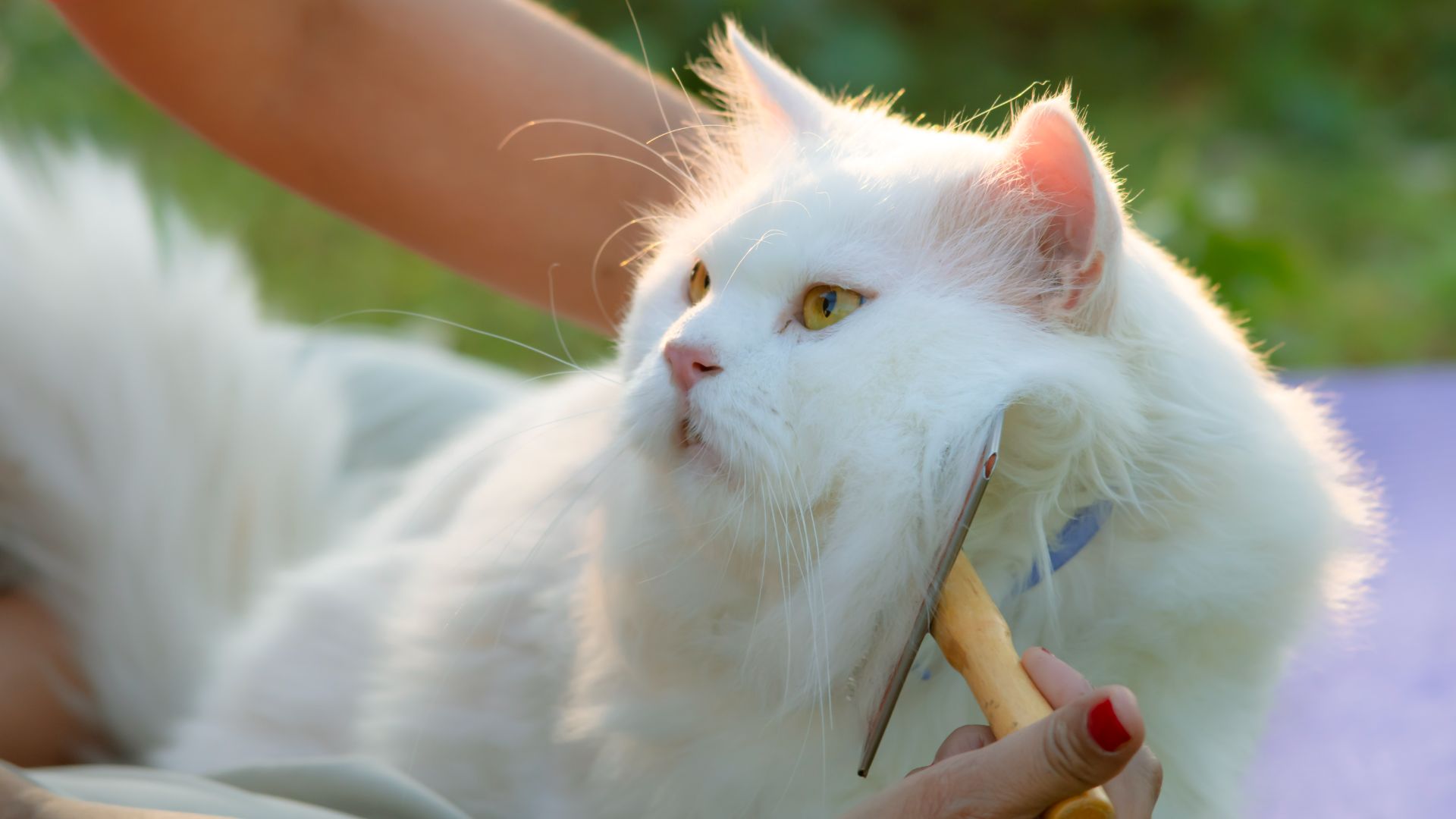
Do long-haired cats need baths?
Most healthy cats don’t require bathing to keep themselves clean; as desert creatures, cats don’t tend to enjoy getting wet and won’t thank you for trying to bathe them (though there are always exceptions). Most cats will never need to be bathed but in certain situations, your vet may advise you to bathe your cat, for example, if your cat has rolled in something harmful, or has a skin condition. Older cats may also require bathing or more intensive grooming, such as regular hygiene clips if they’re struggling to keep themselves clean.
In these cases, your vet will show you how to bathe your cat safely and advise you on the best cat shampoo and other grooming products to use. Some owners may also prefer to have their veterinary team or a professional groomer bathe their cat if needed.
Thunderpaws Pet Dematting Rake | Amazon
A professional-grade grooming tool that helps ease shedding – reducing the amount of hair in your home.
How to treat long-haired cats with matted fur
Tangled and matted cat fur should always be handled carefully as it can be uncomfortable or even painful when pulled. If your cat will let you touch the area, you can try to gently detangle small areas of matted fur with your fingers or a comb. Larger or more severe mats are much more difficult to remove this way and usually need to be removed with grooming clippers or scissors.
As matted fur tends to form close to the skin, this can be difficult and needs to be performed with extreme care as there is a risk of cutting or injuring your cat (or yourself!) if you aren’t careful. In these cases, it’s best to take your cat to the vet to have a professional remove the matted fur. Some cats may require sedation to safely perform this procedure and reduce stress for your cat.
Do long-haired cats need haircuts?
Even in the summer heat, long-haired cats tend to cope well with the warmer temperatures and don’t usually require a haircut. The only real exception is cats that are prone to a matted coat, perhaps because they won’t tolerate brushing at home or have difficulty grooming themselves.
Not only does brushing long-haired cats help keep their coats in tip-top condition, it’s also an excellent way to improve your bond with your cat, reduce problems like hairballs, and keep an eye on their health at the same time. But if you’re struggling to brush your feline, don’t worry, just ask your veterinary team who will be happy to provide support and advice.

Bethany is an experienced writer who has been writing across the pets and equestrian sector for eight years.
PetsRadar Newsletter
Get the best advice, tips and top tech for your beloved Pets
Ellen is an experienced small animal vet and copywriter who graduated from the University of Melbourne in 2012. She has worked in clinics across Australia, the UK and New Zealand, including the Massey University Veterinary Teaching Hospital where she discovered her passion for writing and education. Ellen’s veterinary interests include small animal medicine, surgery, nutrition, and rabbit medicine. She currently lives in Somerset with her fiancé and bouncy borzoi puppy named Yeti.
- Bethany StoneFreelance Writer
